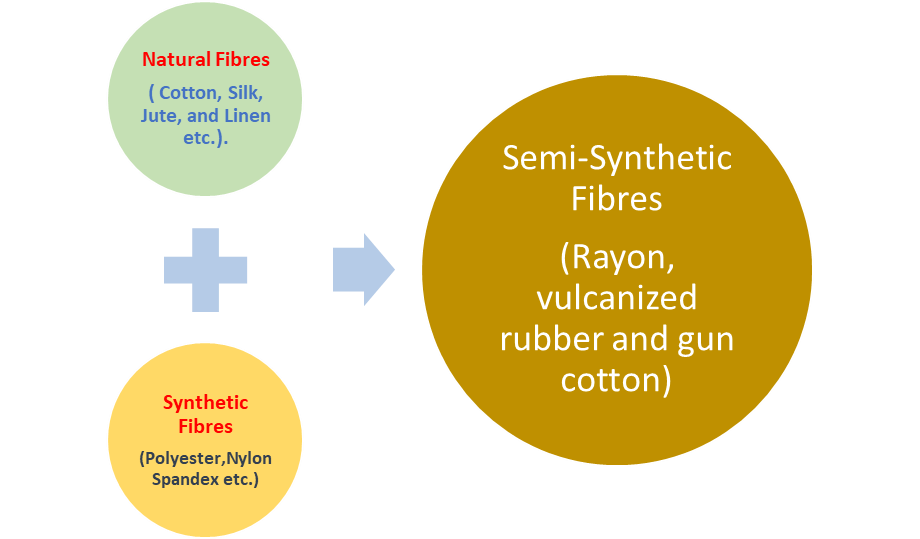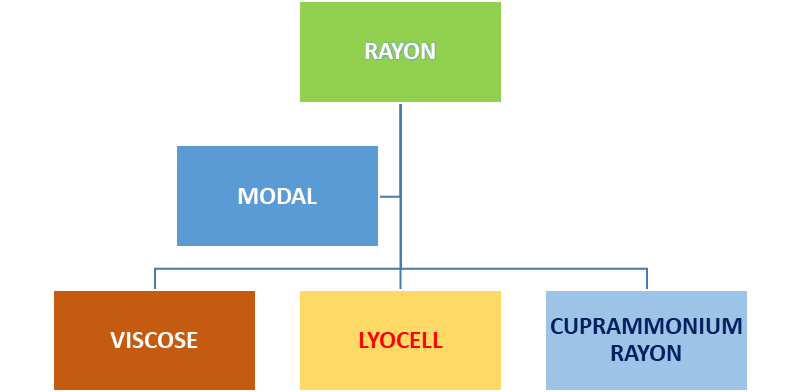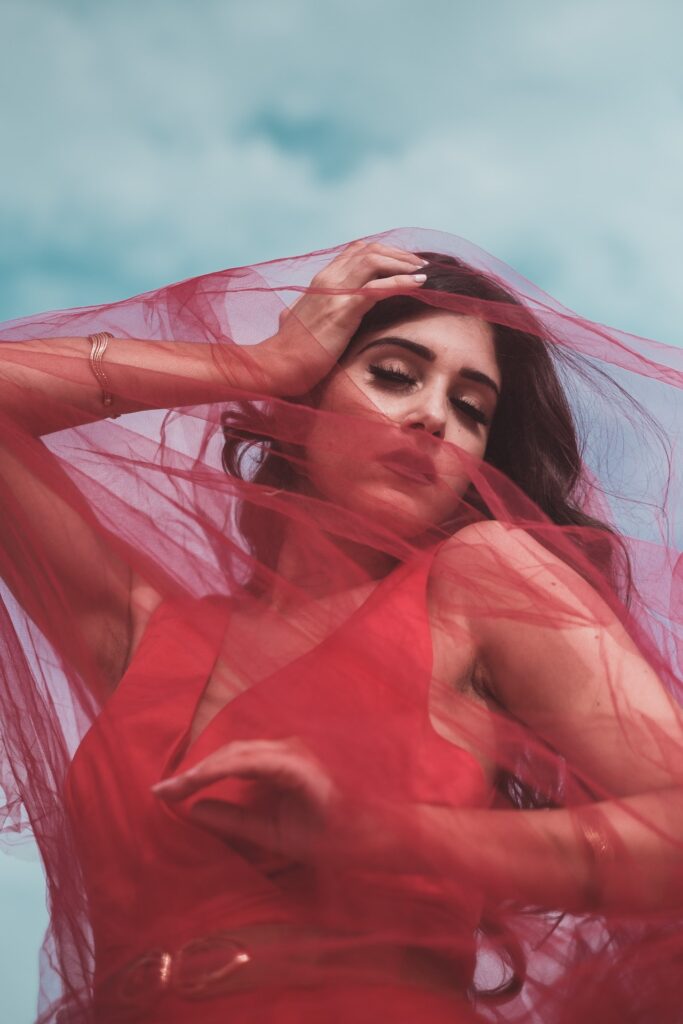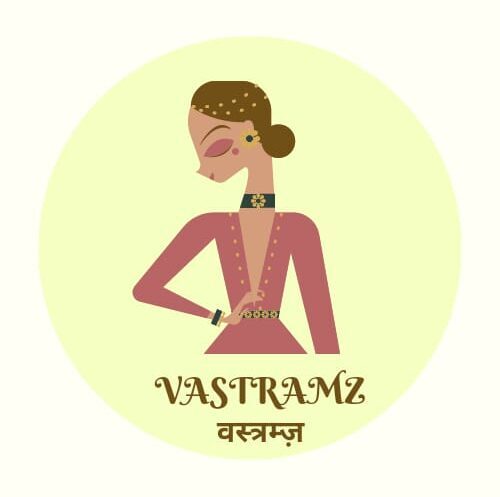Discover the diverse faces and Secrets of Rayon fabric, from Viscose to Modal. Explore the characteristics and applications of each variant, and learn about the unique qualities that make Rayon a versatile choice. Unveil the world of Rayon fabric in this informative guide.
When it comes to fabrics, rayon is often praised for its softness, comfort, and versatility. But what exactly is rayon? How does it differ from other fabrics, and is it sustainable? In this comprehensive guide, we will explore the world of rayon, including its various variants, advantages, purposes, care tips, and more.

What is Rayon? Characteristics of Rayon fabric
Rayon, the pioneer of semi-synthetic materials, Actually Discovered Accidently, emerged as a groundbreaking innovation. Derived from wood pulp, this remarkable fabric undergoes transformative chemical processes. Its accidental discovery in 1846 took place when chemists were exploring new uses for explosives but stumbled upon something entirely different—a material that would change the course of textile history.
It was Popular as `Artificial Silk` until the Name RAYON was coined in1924.
Today, Rayon encompasses a family of regenerated cellulose fibers, including Viscose rayon, Modal, and Lyocell, offering a wide range of possibilities.
When rayon made its debut in the American market in 1911, textile manufacturers bestowed upon it an array of names: Artificial silk, Rayonner, Rayon silk, Chemical silk, Manufactured silk, fiber/fibre silk, and Scientific silk. Rayon earned comparisons to silk due to its comparable luster and softness, yet it stood out as an affordable alternative. This captivating fabric provided a touch of elegance while being much more cost-effective to produce, capturing the hearts of fashion enthusiasts seeking both style and savings.
Rayon is a type of Semi-Synthetic fiber that is made from regenerated cellulose. It is considered to be a manufactured fiber because it undergoes a chemical process using natural cellulose material to create a fiber that Resembles Natural fibers like Cotton, Silk, or Wool. Rayon was first developed in the late 19th century as an alternative to silk.
Here are some characteristics of rayon fabric:
Upsides of Rayon Fabric
Softness: Rayon fabric is known for its soft and smooth texture. It has a luxurious feel similar to natural fibers like silk.
Breathability: Rayon has excellent breathability, allowing air to circulate through the fabric. This makes it comfortable to wear, particularly in warm and humid weather.
Absorbency: Rayon has good moisture absorption properties, making it capable of absorbing perspiration. It helps keep the body cool and dry.
Drape: Rayon has a graceful drape and flow, which makes it ideal for creating fluid and flowing garments. It hangs well and has a natural, elegant look.
Versatility: Rayon can be easily blended with other fibers like cotton, polyester, or spandex to enhance its characteristics or create specific fabric blends for different applications.
Wide range of finishes: Rayon can be treated with various finishes to achieve different effects such as increased luster, improved wrinkle resistance, or enhanced color retention.
Downsides of Rayon Fabric
Prone to wrinkles: One of the downsides of rayon fabric is that it tends to wrinkle easily. It requires proper care during laundering and often needs ironing or steaming to remove wrinkles.
Moderate strength: While rayon has reasonable strength when dry, it can lose strength when wet. It is not as strong or durable as some other synthetic fibers like polyester or nylon.
Sensitive to sunlight: Rayon is sensitive to prolonged exposure to sunlight, which can cause it to fade or weaken over time. It is recommended to store rayon garments away from direct sunlight.
Can shrink when washed: Rayon can shrink when exposed to water and heat, especially if not properly cared for. Though before using it to make wearable dresses, shrinkage process is done, even then It is advisable to follow the care instructions on the garment’s label to prevent shrinkage.
Overall, rayon fabric offers a combination of Comfort, Breathability, and Aesthetic appeal, making it a popular choice for various clothing items such as Dresses, blouses, skirts, and scarves.
Variants of Rayon:
The process of converting cellulose into Rayon involves several Variants, including Viscose, Lyocell, Cuprammonium Rayon, and Modal. Each variant has its own unique characteristics and applications.

Modal: Modal is a type of Rayon that is specifically made from Beech trees. It is known for its softness, strength, and excellent drape. Modal fabric is frequently used in loungewear, underwear, and other clothing items that require a combination of comfort and durability.
Viscose: Viscose is the most common type of rayon. It is made by treating cellulose with chemicals and spinning it into fibers. Viscose rayon is known for its softness, breathability, and draping qualities. It is commonly used in clothing, including dresses, blouses, and shirts.
Lyocell: Lyocell is a newer type of rayon that is produced through an eco-friendly process. It uses a solvent spinning technique to create fibers from cellulose. Lyocell rayon is highly absorbent, breathable, and has a smooth, luxurious feel. It is often used in high-quality garments, bedding, and home textiles.
Cuprammonium Rayon: Cuprammonium rayon is created by dissolving cellulose in a copper and ammonia solution. This variant of rayon is known for its Lustrous appearance, softness, and ability to imitate silk. Cuprammonium rayon is often used in fabrics that require a silky, draping effect.

Purpose and Care:
Rayon fabric is commonly used in various clothing items such as Dresses, Blouses, Skirts, Scarves, Sports Outfits and more. It’s a favorite choice for both casual and formal wear.
When it comes to caring for rayon fabric, it’s important to follow a few guidelines:
Hand Washing or Delicate Cycle: Rayon is delicate and prone to shrinking. It is best to hand wash rayon garments using mild detergent or machine wash on a delicate cycle with cold water.
Drying and Ironing: After washing, it is recommended to air dry rayon garments to prevent
wrinkling. If necessary, you can gently reshape the garment while it’s damp. Avoid wringing or twisting the fabric. When ironing, use a low to medium heat setting and iron the garment inside out to prevent shine or damage.
Storage: To maintain the quality of rayon fabric, it’s important to store it properly. Keep rayon garments in a cool, dry place away from direct sunlight to prevent fading or weakening of the fabric.
Is Rayon Sustainable?
The sustainability of rayon depends on its production process and the sourcing of its raw materials. While rayon itself is derived from natural cellulose, the manufacturing process involves the use of chemicals. However, there are eco-friendly variants like lyocell that have a more sustainable production process and are considered a greener alternative.
It’s essential to consider the environmental impact of rayon production and opt for sustainably sourced rayon, such as those made from certified wood pulp or bamboo. Additionally, recycling and upcycling rayon garments can help reduce waste and extend their lifespan.
In addition to its advantages, purposes, care tips, and sustainability considerations, it’s worth noting a few additional points about rayon:
Affordability: Rayon is generally more affordable compared to natural fibers like silk or wool, making it a cost-effective choice for those looking for high-quality fabrics at a lower price point.
Dyeability: Rayon has excellent dye absorption properties, allowing vibrant and rich colors to be achieved. It is popular among designers and manufacturers for its ability to showcase a wide range of hues.
Biodegradability: Rayon is biodegradable, meaning it can naturally decompose over time. This makes it a better option for the environment compared to synthetic fibers like polyester, which take much longer to break down.
Versatility in Textile Applications: Apart from clothing, rayon is also used in other textile applications such as upholstery, curtains, bedding, and towels. Its softness and drapability make it a popular choice for home décor and interior design.
Potential for Wrinkling: As mentioned earlier, rayon is prone to wrinkling. It is advisable to hang rayon garments or fold them neatly to minimize creasing.
By considering these additional aspects, you can make well-informed decisions about incorporating rayon into your wardrobe and home textiles.
Final Thoughts:
Rayon is a versatile and comfortable fabric that has gained popularity for its softness, breathability, and aesthetic appeal. With its various variants, it offers a range of options to suit different needs and styles. By understanding its characteristics and following proper care instructions, you can enjoy the benefits of Rayon fabric while being mindful of its sustainability aspects. But we should also keep in mind about the toxic chemicals used in the processes and depleted forests. So, embrace the elegance and comfort of rayon and make informed choices when incorporating it into your wardrobe and home textiles.
FAQs:
Q1: Is rayon a good fabric?
A: Rayon is considered a versatile and desirable fabric due to its softness, drape, and breathability.
Q2: Is rayon better than cotton?
A: Rayon and cotton have different characteristics. Rayon offers a luxurious drape and silk-like appearance, while cotton is known for its breathability and durability. The choice depends on personal preference and specific use.
Q3: Is rayon a natural fiber?
A: Rayon is derived from natural sources such as wood pulp or cotton, but it undergoes chemical processes, making it a semi-synthetic fiber.
Q4: Is rayon polyester?
A: No, rayon and polyester are different types of fibers. Rayon is a semi-synthetic fiber made from cellulose, while polyester is a fully synthetic fiber.
Q5: Is rayon a silk or cotton?
A: Rayon is not silk or cotton, but it can mimic the softness and drape of silk while offering breathability like cotton.
Q6: Is rayon good for summer?
A: Rayon is lightweight and breathable, making it suitable for summer wear.
Q7: Is rayon cool to wear in summer?
A: Yes, rayon is cool and comfortable to wear in summer due to its breathability.
Q8: Is rayon a silk?
A: Rayon is not natural silk, but it can imitate the softness and appearance of silk.
Q9: Is rayon real silk?
A: No, rayon is not natural silk. It is a separate type of fabric made from cellulose and gives it an appearance of silk.
Q10: Which type of cloth is rayon?
A: Rayon is a type of fabric that falls under the category of semi-synthetic fibers.
Q11: Can rayon be made from silk?
A: No, rayon is not made from silk. It is produced from cellulose extracted from plants like wood pulp or cotton.
Q12: Where was rayon first made?
A: Rayon was first made accidently in France in 1846.
Q13: Who first invented rayon?
A: Rayon was first patented in 1855 by the Swiss chemist Georges Audemars. French chemist Hilaire de Chardonnet in 1884 discovered the process of deriving functional fiber from cellulose in 1885.
Q14: Where is rayon produced?
A: Rayon is produced worldwide, with major production centers in countries like China, India, and the United States.
Q15: When was rayon first used?
A: Rayon was first used commercially in the late 19th century.
Q16: Where is rayon found in the world?
A: Rayon is found and produced in various countries around the world, including China, India, the United States, and several others.
Q17: What are Rayon fabric examples?
A: Some examples of rayon fabrics include viscose rayon, modal, and lyocell.
Q18: What does rayon fabric feel like?
A: Rayon fabric has a soft and smooth feel, often resembling the texture of silk.
Q19: Is rayon toxic? Is It Bio-degradable?
A: Rayon itself is not toxic, but the production process can involve the use of chemicals. It is important to handle and care for rayon garments according to the manufacturer’s instructions. Yes it is bio-degradable.

